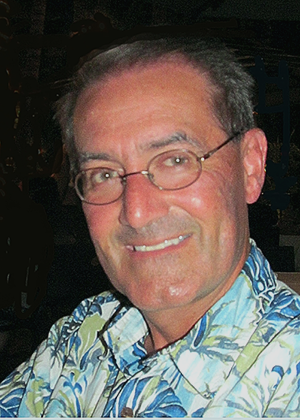USTC Astronomy Colloquium Series: 2020 Fall
Cosmic Reionization – Clues in the Local Universe
Claus Leitherer 教授
Space Telescope Science Institute
2020/12/22, 4:00pm , online,Tencent meeting ID: 778 364 421

报告人:
Dr. Claus Leitherer is a tenured staff astronomer at STScI. He is the Head of the Science Policies Group and the Deputy Head of the Science Mission Office. His main responsibilities include the oversight over the HST proposal selection process and the management of the Hubble Fellowship program. He is the current President of Division J (Galaxies and Cosmology) of the International Astronomical Union. His main scientific interests include the properties of individual massive stars and of young stellar populations, population synthesis modeling, spectral energy distributions of galaxies, and ultraviolet to near-infrared observations of galaxies.摘要:
A major focus in extragalactic astrophysics and observational cosmology is the epoch of reionization of the universe. This epoch does not just represent an interesting phase-change of the neutral intergalactic medium, it is also the epoch during which the first galaxies and seed black holes formed, thus setting the starting point for all of today's studies of galaxy evolution. What are the properties of these first galaxies and black holes? It has been suggested that starburst galaxies can produce the ionizing photons needed to reionize the universe at a rate derived from estimates of the cosmic microwave background polarization. Because it is impossible to directly observe the leakage of Lyman continuum photons from galaxies during the epoch of reionization, the strategy is to find leaky galaxies at lower redshifts that serve as analogs to galaxies in the early universe. I will discuss our ongoing efforts to identify such galaxies, both with ground-based telescopes and using the Hubble Space Telescope. I will then describe the main properties of these galaxies. Comparison with stellar models permits an estimate of the amount of leaking ionizing radiation. I will conclude with an attempt to extrapolate these results to the epoch of reionization and provide directions for future research. 邮编:230026 ,
邮编:230026 ,  联系电话: 0551-63601861
联系电话: 0551-63601861 Email:
Email: